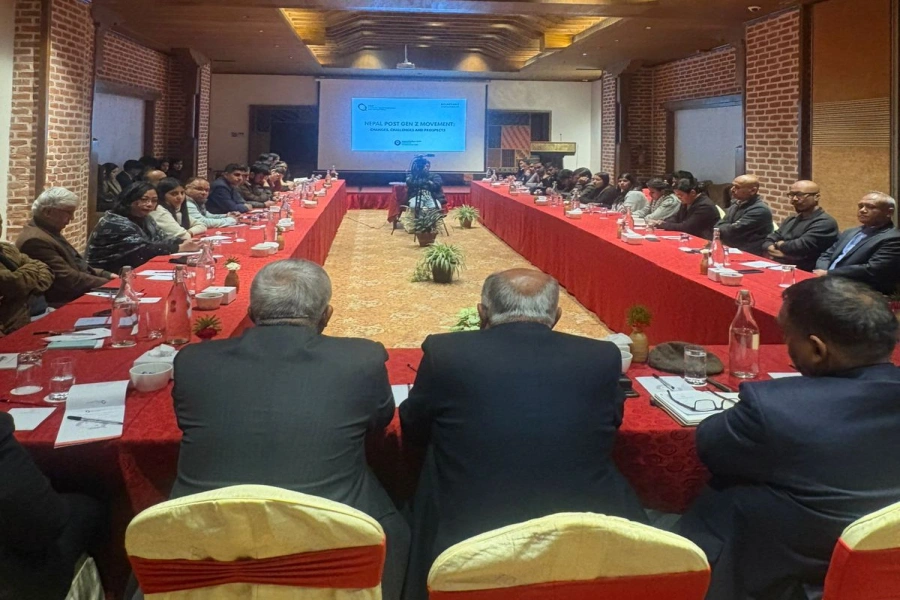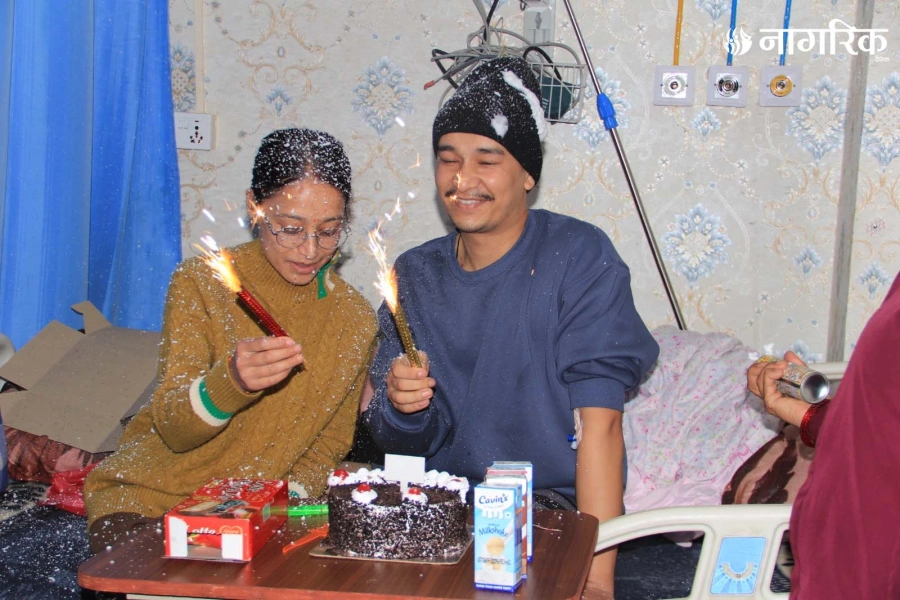Medical negligence, a medico legal concept, pertains to the actions of healthcare professionals leading to legal repercussions. In addressing such negligence, many jurisdictions have implemented laws and regulations aimed at protecting patients' rights and enforcing accountability among healthcare providers. The patients who believe they have experienced medical negligence have various avenues for seeking legal remedies in Nepal. The legal provisions addressing medical negligence in Nepal are scattered across several legislations such as Consumer Protection Act, 2018, Country Civil Code, 2017, Country Criminal Code, 2017, Medical Council Act, 1964, Public Health Service Act, 2018. In addition to legislative documents, the Supreme Court of Nepal has established numerous precedents that have delineated several principles applicable in cases of medical negligence. The legislative framework governing medical negligence claims provides a variety of remedies ranging from civil to criminal actions. It’s upon the patient which remedy is to be invoked. This article focuses more on the civil liabilities arising from medical negligence.
The legislations such as Civil Code, Criminal Code, Public Health Service Act are nascent. The implications of these new legislations are yet to be tested before the courts of law. The Medical Council Act has been in force for a considerable period, however, there have been no such reported cases stemming from this legislation. Rather, disputes have primarily originated from claims under the Consumer Protection Act, 1998, which has been succeeded by the current Consumer Protection Act. Provisions regarding compensation in Sections 22 and 24 of the Previous Consumer Protection Act are now reflected in Sections 50, 51, and 52 of the current Consumer Protection Act. The new Consumer Protection Act has brought about changes to the remedial process. Previously, complaints were submitted to the Compensation Committee under the Consumer Protection Act, 1998. However, the new legislation proposes the establishment of a Consumer Court to adjudicate compensation claims. Although the court has not been established yet, the relevant District Court has been handling compensation claims filed under the Consumer Protection Act.
The legal questions frequently confronted by courts in medical negligence cases encompass issues such as the statute of limitations, the establishment of causation and its nexus with the accused medical professional, breach of duty to care, adequacy of compensation, and other pertinent considerations.
Time Limitation
SC stresses criminal liability for serious medical negligence

The time limitations for filing lawsuits in cases of medical negligence vary among different legislations. For example, the Consumer Protection Act stipulates a six-month limitation period starting from the date of harm and injury, while the Civil Code imposes a six-month limitation period starting from the date of the civil wrong. The Criminal Code allows a two-year period from the date of the offense. The Medical Council Act and Public Health Services Act do not specify the statutes of limitations.
Although the legislations as discussed above outline statutes of limitations, determining the triggering point for counting the time limitation often poses a challenge.The Supreme Court of Nepal has held that the statute of limitation in cases of medical complications arising from medication consumption commences not from the date of prescription or initial consumption, but rather from the onset of adverse reactions, signaling the realization of resulting harm. Further, the emphasis seems to have been given to a liberal interpretation, rather than a strict literal one, in applying the statute of limitation in consumer protection cases, particularly in complex matters such as medical negligence. In one of the very recent cases, the Supreme Court has held that in instances of medical negligence, the interpretation of the statute of limitation might differ from other cases due to the unpredictable timing of consequential harm, which could manifest immediately following treatment or medication consumption, or over an extended period. Furthermore, the court acknowledged the relevance of the principle of continuous harm in cases of medical negligence.
Elements of Medical Negligence
Causation stands as the central element in cases of medical negligence requiring a clear link between the alleged action and its consequences. The burden rests on the patient to establish this connection. The laws of Nepal do not seem to have provided the provisions of causation. However, the Supreme Court of Nepal has emphasized the necessity of such causation in medical negligence cases. The court stressed that proving causation depends on a situation where someone's actions cause harm, creating a duty to prevent or alert others. Failing to fulfill this duty directly leads to the incident. In one case, the court found the medical professional negligent because they failed to inform the patient about potential side effects while administering medication. In another case, the court precisely delineated the elements necessary to establish negligence, including the duty to care, breach of duty, causation, and damage. The court primarily scrutinized the hospital's duty to care when holding the medical professionals accountable. Given that the patient was admitted to the hospital and gave birth there, the hospital and medical professionals were obligated to provide care, which they failed to fulfill. In some cases, the court has also considered informed consent as an essential element in medical negligence.
Determining Compensation
Nepalese courts have embraced a multifaceted approach in determining compensation in medical negligence claims. Compensation awards encompass both quantifiable losses, such as medical expenses and loss of earnings, and anticipated future expenses. The courts seem to be considering the long-term implications of injuries and the financial burden borne by the victim and their families, as evident in various judicial pronouncements.
There has been a paradigm shift with respect to the court’s effort in upholding standards of care and ensuring just redressal for victims of negligence. In a recent time, the Supreme Court has rendered a landmark judgment wherein the court awarded NPR 3,000,000 to the aggrieved family. This verdict sets a crucial precedent in the realm of medical malpractice law in Nepal, underlining the court's commitment to ensuring accountability and justice in cases of medical negligence.
There seem to be uniform views taken in the case laws that while the precise extent of damages incurred could not be precisely quantified, they must be assessed comprehensively. The factors such as physical, social, and financial losses suffered by the injured party, the age of the victim, and the financial standing of the hospital were considered. The courts seem to have been emphasizing that the damages should encompass various aspects, including medical expenses, loss of earnings due to diminished capacity, future treatment costs, legal expenses, and compensation for mental anguish. The age and personal circumstances of the victim play a pivotal role in determining the quantum of compensation. Courts consider the extent of suffering, the impact on prospects, and the socio-economic background of the injured party.
Conclusion
Nepal's legal system concerning medical negligence involves various laws and court precedents, including the Consumer Protection Act, Medical Council Act, Public Health Services Act, Civil Code, and Criminal Code. The recent enactment of the new Consumer Protection Act signals changes, including the proposed establishment of a Consumer Court for compensation claims. Recent court rulings, particularly those awarding substantial compensation to victims of medical negligence, highlight the judiciary's commitment to justice. As Nepal continues to progress, emphasizing accountability within the healthcare system and ensuring the protection of patients' rights will play pivotal roles in shaping the trajectory of medical malpractice laws. By holding healthcare providers accountable for their actions and prioritizing patient well-being, the legal framework can better serve the needs of the population. However, while recent legislative changes, such as the new Consumer Protection Act, indicate steps towards strengthening patient protections, their practical implications are yet to unfold. As these laws are implemented and tested in real-world scenarios, their effectiveness in addressing medical negligence and delivering justice will become clearer. Therefore, it is crucial for stakeholders to monitor and assess the impact of these new legislations, ensuring they effectively serve the interests of Nepalese citizens in the healthcare sector.







































